If I am buying a new home then it should be near perfect and therefore I shouldn’t need a home inspection, right? Not true. New homes are just that — they are new homes and not perfect homes. Homes are built by people in an uncontrolled environment, and therefore the factors of human element and imperfection do exist especially when combined with external factors such as weather forces and outside constraints. It is generally safe to say that a new home is going to have fewer issues and different types of issues that come up during a home inspection on a residence built in 1950 or 1900, or even one that’s only a few years old.
We have never inspected the perfect home and we don’t expect that we ever will. The issues that we find within new homes are typically recurring trends that we see that have more to do with subcontractor deficiencies, lack of communication, or just general incomplete installation. It’s true that most of the items that we call out during a new construction inspection are things that would be warranted under the builder’s one-year warranty but we see it as a great benefit to our clients to pre-identify these issues so that they can be handled before or shortly after closing, rather than having to deal with the repair or warranty work being conducted once they are living in the home and are settled. In a way, it’s kind of like we are helping to work out the kinks on an accelerated timeline so that our clients don’t have to go through these unnecessary hassles.
Firstly, it’s important to understand that no home is perfect and that even the most skilled and well-intentioned builder is not going to produce a “perfect” home. With that said, it’s important that a skilled home inspector understands what is an acceptable margin of error and what is not and therefore should be corrected by the builder. The items that we look for in a new construction inspection are typically layers deeper than that of what would be a blue tape or punch list walk-through. Those blue tape items are typically surface-level aesthetic items that can easily be identified during a homeowner walk-through. A professional home inspector is there to dive in deeper to make sure that the home has been constructed properly and that the installation of the home’s systems such as plumbing, electrical, mechanical, fixtures, and appliances— to name a few — have correct installations. There are also instances where, to no fault of the builder, there may be defective building components or material, such as an improperly functioning window assembly or defective appliance. There are so many details and steps that go into the construction completion of a home that it’s easy for there to be an oversight in some areas especially when homes are built under the coordination of multiple independent subcontractors performing individual duties under one roof. Oftentimes, some of the biggest issues come from poor or a lack of communication between the builder and subcontractors as to what has been done and what still needs completion. We will often come across things that have been partially installed and need a little bit more work and adjustment in order to function properly, such as exhaust fans that are ducted to the outside but no vent penetration has been installed to let the exhaust properly vent out of the home. We have seen examples where attic insulation was completely overlooked and just not installed at all. This is clearly a major oversight by the builder. We have seen situations where the carpet installers or the flooring installers have covered up heating and cooling registers. On the scale of less severe oversight, a third-party inspector can help ensure overall detail and quality control that may otherwise not be enforced by the builder. Some examples of this would be things like checking the ductwork to make sure it has been free and clear of construction debris, checking caulking around shower stalls and plumbing fixtures to make sure it’s proper, checking miscellaneous construction details to ensure they have been properly prepared for building occupancy, and combining all of this with an organized and logical inspection report that can act as leverage to help advocate for builder quality control and repairs prior to closing.
We also always advocate for our clients to have a Sewer Scope inspection conducted on their home even if it’s a new property and new sewer line. Similar to the need for inspection with new homes, the newness of the sewer line doesn’t exempt it from having any issues. Oftentimes we will see excessive amounts of construction debris in the sewer line, damages such as cracks that would’ve occurred at the time of installation, and improperly sloped sewer lines that would then be more apt to hold water and develop obstructions over time. It always makes sense to have an inspection performed on a new build. In the very best situation, your new home inspection will yield positive feedback with minimal work needed to be done on the builder’s part, but you can walk away with the peace of mind that moving into your new home is going to be an enjoyable and low-stress experience for you and your family.

